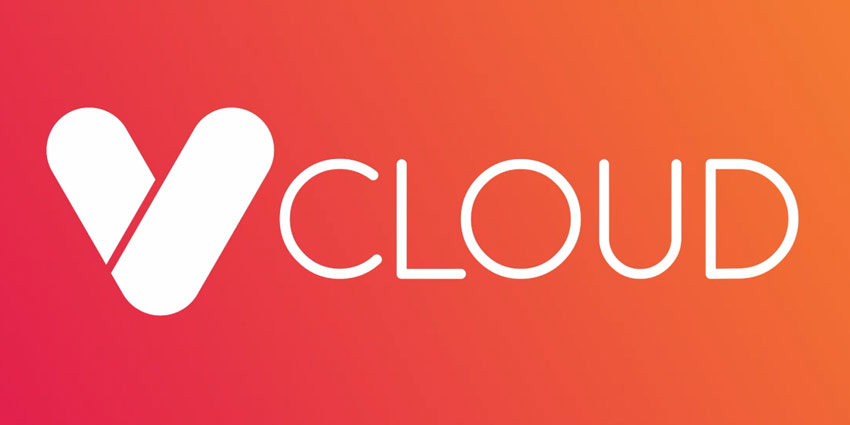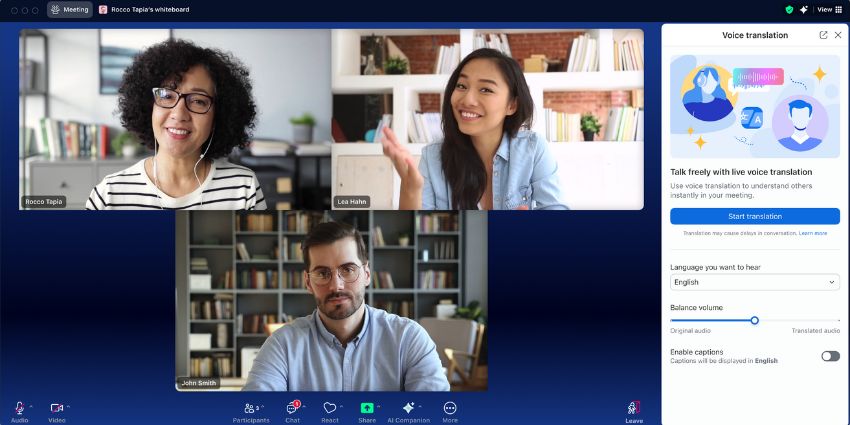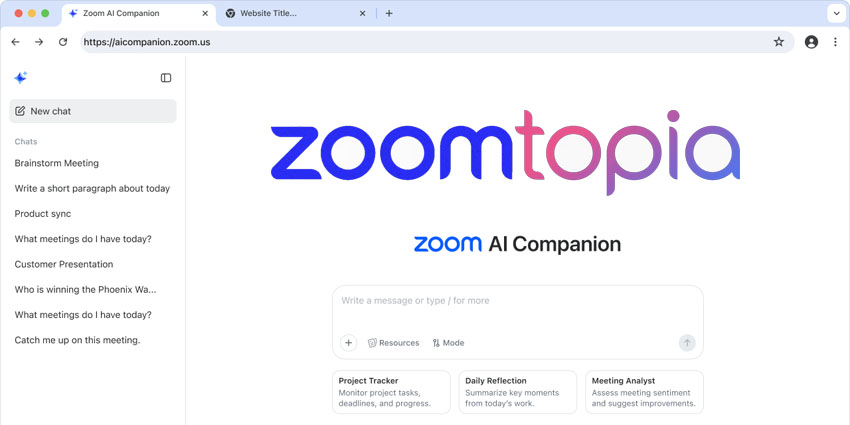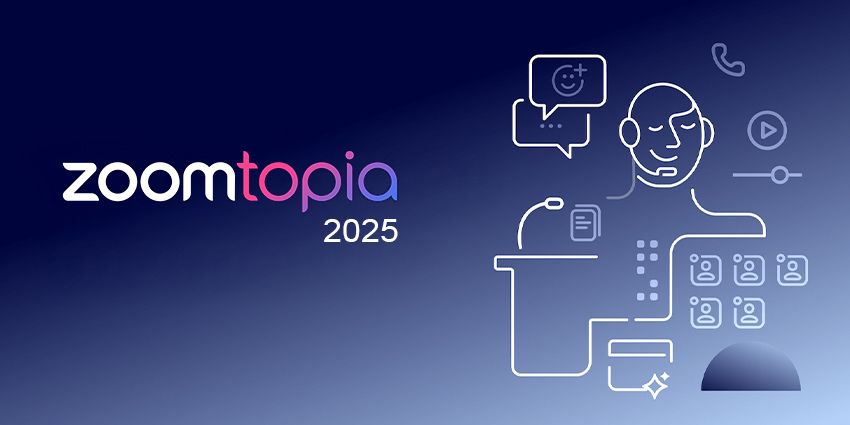Tim Mercer, CEO of Vapour Cloud told us that the feedback from his partners is that end users are hesitant to commit to new technologies whilst the Coronavirus pandemic is at large.

Mercer pinned the hesitancy on the uncertainty as to how normal working life will resume after the pandemic, exemplified by Vapour Cloud’s own decision to move into smaller offices.
“I think some customers have looked at how they upgrade their services but I also think a lot of businesses have waited because they want to see how the land lies,” said Mercer.
“They don’t know what their salesforce or their workforce is going to look like, whether they’re going to come back into the office or what their overall strategy is going to be moving forward. Our partners are telling us that the attitudes of end users is that we aren’t out of this pandemic yet and consequently no one likes to make decisions when they don’t know how the land is going to lie.”
“As an industry, we’ve probably advanced between three and six years in terms of how we work and how we use technology. I think they’re waiting to make those decisions but those decisions will be made”
Appropriate Intelligence
Although later than some resellers may have preferred, Mercer emphasised that end users upgrading their cloud and IT strategies would come once some stability ensued in the new year.
The Vapour Cloud CEO also went on to say that, with the trend of working from home set to continue, ‘business intelligence’ solutions that are set to be rolled out needed to be used correctly and it was the channel’s responsibility to educate end users as to how to use such solutions to get the most from their workforce.
“We have a tendency when we work from home, and I think a lot of people are the same, we get up, log on earlier and we probably log off later and we probably do more hours” said Mercer.
“As employers, I think it’s important that we utilise some of the tools that we’ve got to support employees as they work from home, and that comes down to business intelligence and analytics to stop people from being sat in front of a screen all day.
“We can give analytics that says 17% of the workforce didn’t log on at nine o’clock in the morning and the employer would say ‘why not?’, but we’ll also give you the data to point out that an employee that has not logged on until half past nine, worked 12 hours the day before. Some employees miss that and forget that their employees have done 25% more throughout that day than that actually contracted for. So we’ve got the metrics that can advise them but we all need to have a little bit more flexibility around how our employees work as well.”







